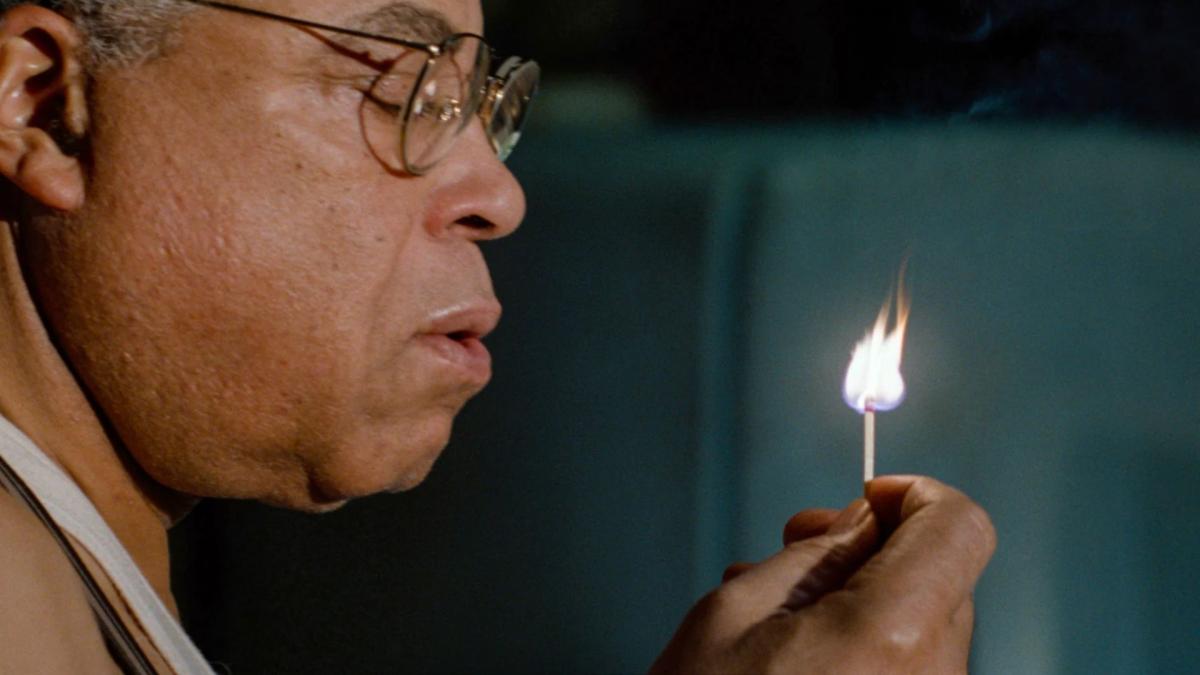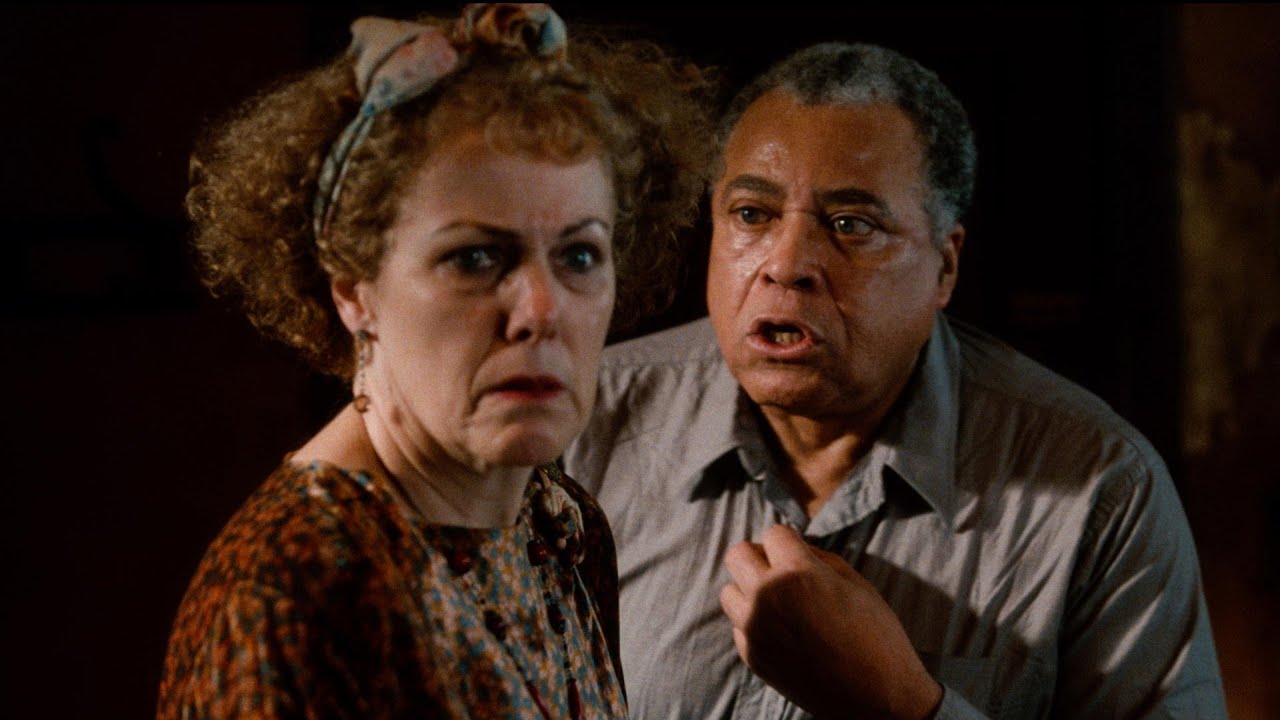"It took many years and endless persistence to rescue this beautiful, delicate picture. I’m so happy that it’s finally ready for the world to discover.” - Martin Scorsese
“It is impossible to not see the film as an essential chapter in one of the substantial careers in modern cinema.” - Chris O'Falt, IndieWire
In the tender THE ANNIHILATION OF FISH, Poinsettia (Lynn Redgrave), whose imaginary lover is the 19th-century composer Giacomo Puccini, moves into a Los Angeles apartment building with an unconventional landlady (Margot Kidder) and eccentric neighbor, the widower Fish (James Earl Jones), who frequently gets into wrestling matches with unseen demons. Despite their differences, Poinsettia and Fish find that, when you are with a person you trust, in a place where you can be your authentic self, real love can bloom. Restored by the UCLA Film & Television Archive and The Film Foundation with funding provided by the Hobson/Lucas Family Foundation.
Awards & Nominations
Winner - Jury Award, Best Cinematography, Newport Beach Film Festival
Winner - Best Feature, Sarasota Film Festival
Related Event: 4K digital restoration of Charles Burnett's KILLER OF SHEEP, opening April 18.
5 QUESTIONS WITH CHARLES BURNETT
Interview from the March/April 2025 Gazette
With the 4K restoration of KILLER OF SHEEP and a re-release of THE ANNIHILATION OF FISH, this has been a momentous year for your legacy and filmography. How have audience responses to these films changed in the years since they have been made? How have they stayed the same?
In the beginning my intention was to bring filmmaking to the community so that young people could see that they could tell a story in ways that only they could. The films have been changed in slight ways to improve them: some significant visual and auditory edits have resulted in improved performances, the visuals are clearer now than when I originally made the films. I haven’t seen the restorations with audiences, but only with technicians—I am looking forward to seeing the refreshed versions with new audiences; they always see something different than I do. I think what happens is that you never believe you have completed the film; there is always something you want to change, but you have to let it go.
You’ve collaborated with so many artists—Julie Dash, Haile Gerima, Larry Clark— what is the key to fruitful collaboration?
Understanding, I suppose, that your job is to help them make a film they want to make. You come to it knowing that they, too, are talented artists who have their view of life and not to interfere with their vision but help them improve upon it. It should be made as easy as possible to assist the collaboration in achieving its goal. You have to learn how to stand back and let your partners create, as well as encourage them, letting them know that you believe in them.
The Film Center welcomes a strong audience of students studying film and endeavoring to thrive within the industry. What is one piece of advice you’d give these students?
Not to be intimidated by the process itself. Look forward to the creative process. Enjoy it, and be as adventurous as possible. Gain from the experiences of others. Remember you are not in competition with anyone but yourself.
What is a memorable moviegoing experience you’ve had?
I enjoy when creatives are allowed to tell their own stories, as opposed to someone else interpreting how people see themselves. When artists tell their own stories, the distortions are removed, and you see people as human beings.
What film do you watch again and again?
In general, I watch many films again and again. I have favorites of course like BICYCLE THIEVES and THE SHOP ON MAIN STREET.
The Film Center is ADA accessible. This presentation will be projected without open captions. The theater is hearing-loop equipped. For accessibility requests, please email filmcenter@saic.edu



